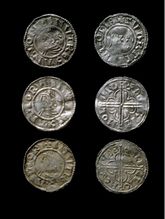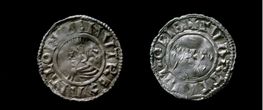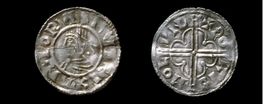Viborg
Not much is known about Viborg before the end of the Viking Age. But there was at least a village here in the 10th century. By around AD 1000, at the latest, Viborg had acquired a certain significance.
Hærvejen (The Military Road), also called the Oxen Road, ran from Viborg southwards down through Jutland and on through the Danevirke border wall. In this way Jutland was connected with Central Europe and this must have been of great significance for Viborg.
Around AD 1018, Cnut the Great established a mint in Viborg, and in AD 1027 allegiance was sworn to King Harthacnut (AD 1035-42) at Viborg Landsting. This is the earliest known event of its kind. Allegiance was sworn to the Danish kings at the Thing in:
- Jutland (Viborg)
- Zealand (Ringsted)
- Scania (Lund).
Accordingly, Viborg had a special status in Jutland – probably due to its central location.
Viborg must have maintained its prominent position: Around AD 1060 it became an Episcopal residence, and the town is mentioned by Adam of Bremen in his great work on the history of the Archbishops of Hamburg from about AD 1070. Around AD 1130 the construction of Viborg Cathedral commenced. Unfortunately, the original building no longer exists – only the crypt is preserved.
Fact: The name Viborg suggests that there was possibly a religious centre here in heathen times. A vi is an old name for a heathen, sacred place, and borg means a fortification or a hill. Accordingly, the word Viborg means something like "the sacred place on the hill"
Kristian Helmersen


